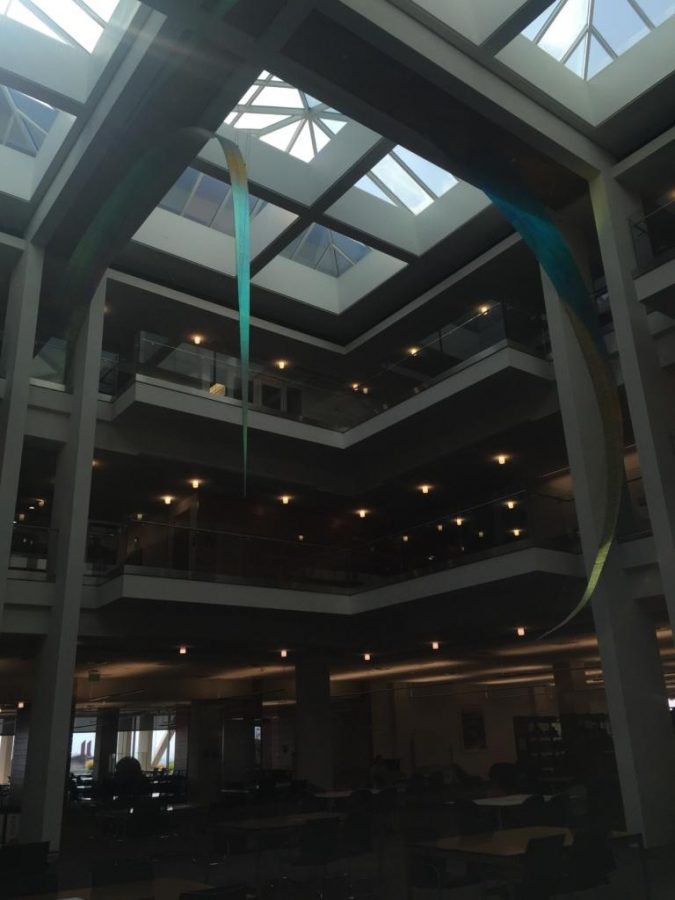The University of Utah’s Marriott Library cuts back on its energy usage by 28 percent every year with a new automation system.
Years in the works, the project started out aiming to provide better protection to the library’s collection. As an added bonus, the new upgrade will end up saving the university $270,000 annually.
Beginning on the first floor in 2014, the system has expanded to special collections on the fourth floor and to the rest of the building.
Special collections holds over 80,000 rare books, maps, moving images, sound archives and manuscripts. Delicate pieces like these, some dating as far back as 2,000 years, demand protection from water damage and a stable climate, which is a goal of the new system, as well as providing ventilation and a comfortable temperature for library users.
Employees are already seeing a difference as they have more control over the thermostat, providing a comfortable environment that is not only for the books.
By pressurizing the space, the system can ensure that no cold air makes its way into the building, maintaining a pleasant temperature for everyone inside.
“Student success is a core objective of The University of Utah,” said Dean of the J. Willard Marriott Library and university librarian, Alberta Comer, on the library website, “And the Marriott Library is continually striving to support students – both with traditional and innovative new services.”
The newest service is a space to escape the summer heat and the winter cold. Even with a change saving thousands of dollars, the library did not need to start over from scratch.
“If we replaced the entire mechanical system, we’d have had an insanely high cost,” Sustainability & Energy program manager, Chris Benson told @theU. “We carefully chose the sensors, the controllers and labor to pull wires and really focused on adjusting the sequences of operation. It makes a huge difference to make sure we get the right sequences the building really requires. That’s where we get the best return on investment.”
The order of functions is what makes all the difference, addressing outdated technology from the library’s previous renovation of 10 years ago. By putting more thought into the design sequences the library has slowly raised its efficiency.
Joining over 200 other campus structures with systems like this one, Liz Ivkovich from the U’s Sustainability Office expects more upgrades like these, according to an article she wrote for @theU.
This installation, like any change, took a whole team. The efforts of staff in University Planning, Design and Construction oversees university renovation in an effort to “ensure the long-term viability of the University” according to their website. The library itself played a large role alongside the U’s Facilities Management making improvements a reality.
Non-university forces also chipped in to make this change possible. Spectrum Engineers, a company over 30 years old that has been helping the University with a campus-wide utility distribution upgrade, worked on the project. Wasatch Controls which has 13 years of experience in building automation and security systems was also up for the job along with ETC Group, another 30-year-old company aiming to improve building performance.
m.mcdermott@dailyutahchronicle.com


